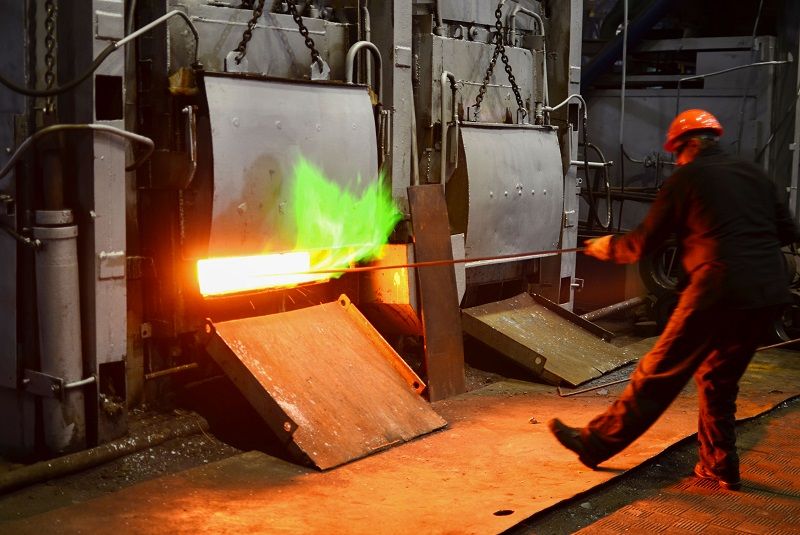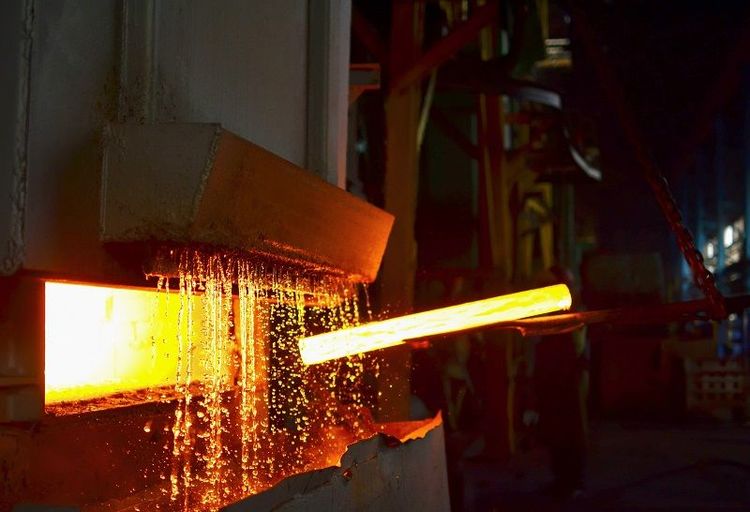Annealing is a heat treatment process that alters the physical and sometimes chemical properties of a material, specifically steel, to increase its flexibility and reduce its hardness, making it easier to work with.
During annealing, the steel is heated above its recrystallisation temperature for a specific period of time and then slowly cooled. The cooling rate varies depending on the type of metal being annealed. For instance, steel is typically allowed to cool naturally in still air, while metals like copper, silver, and brass can either be cooled slowly in the air or rapidly quenched in water.
The heating process causes the atoms within the steel's crystal lattice to rearrange and reduces the number of imperfections, known as dislocations, resulting in changes in flexibility and hardness. As the material cools, it undergoes recrystallisation, forming new crystal grains. The size of these grains and the composition of the phases within the steel are determined by the heating and cooling rates, ultimately influencing the material's properties.
How does annealing furnace work?
The annealing process consists of three stages: recovery, recrystallisation, and grain growth. Here's how each stage works:
1. Recovery Stage: During this stage, the furnace or heating device raises the material's temperature to a point where internal stresses are relieved.
2. Recrystallisation Stage: By heating the steel above its recrystallisation temperature (but below its melting point), new grains form without any residual stresses.
3. Grain Growth Stage: Gradual cooling of the material at a specific rate leads to the development of new grains, making the steel more workable.
Following annealing, subsequent operations can be carried out to modify the mechanical properties as needed. Overall, annealing plays a crucial role in relieving internal stresses, enhancing the workability of the steel, and allowing for further operations to alter its mechanical properties.
Advantages and disadvantages of annealing
Advantages
Annealing offers several advantages by enhancing the workability of a material, improving its toughness, reducing hardness, and increasing its ductility and machinability. Additionally, the heating and cooling process reduces brittleness in metals and enhances their magnetic properties and electrical conductivity.
Disadvantages
One of the primary limitations of annealing is that it can be a time-consuming process, particularly for materials with high temperature requirements. Cooling such materials to the desired level can take a significant amount of time, especially if they are allowed to naturally cool inside an annealing furnace.





 +91 7208055523
+91 7208055523
 Help & support
Help & support
